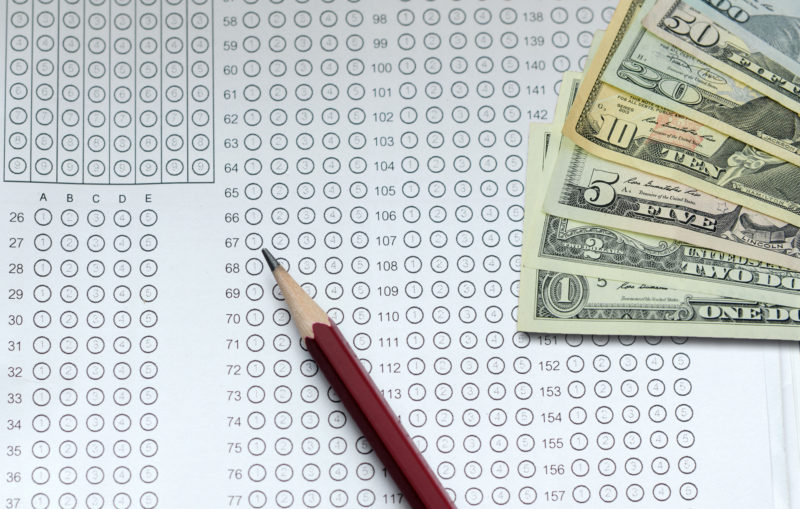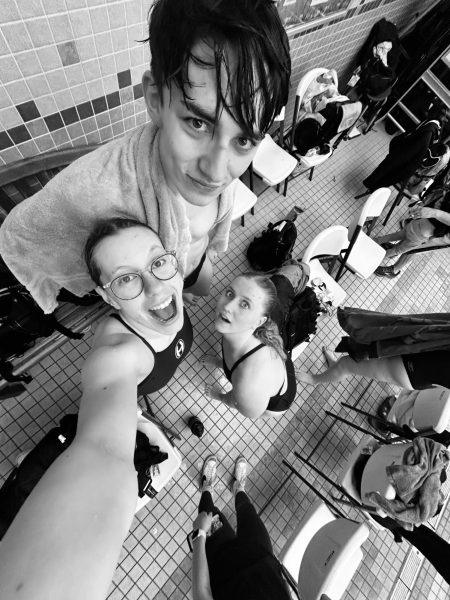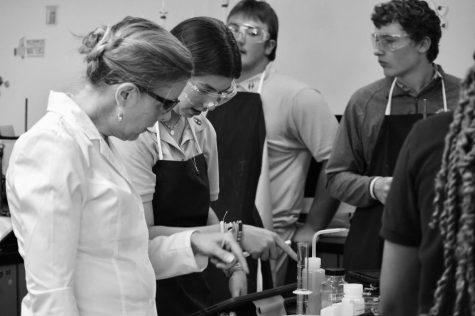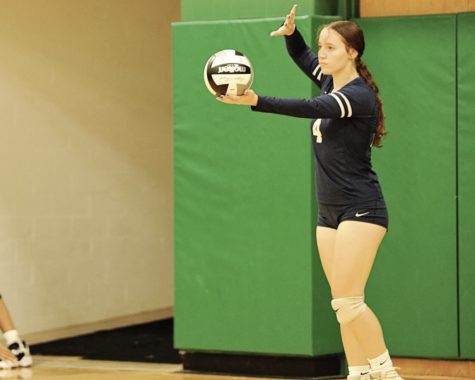Standardized tests: It’s what they call a vicious circle
Recently the halls have been filled with a more than the normal amount of grumbling juniors, sophomores and a few unlucky Freshman. Every other recycling bin is home to a thin paper booklet, and the pencil sharpeners are seeing more use than they have since the invention of the mechanical pencil.
It’s testing season.
Everybody knows the dread of sitting down to take a standardized test; hours during which the only sounds are the rustling of pages turning, the only actions are the filling in of bubbles. The average student in America will feel this dread 112 times, starting in primary school and going all the way to high school graduation.
The major push for more standardized tests began in the late 1990s with the results of the Third International Mathematics and Science Study; 40 nations participated in the test and American eighth-graders came in 28th for mathematics. Following these results, President George W. Bush instituted the No Child Left Behind Act (NCLB) in 2002.
The idea behind NCLB was to raise American’s international standing and close the achievement gap between poor and minority students and their more advantaged peers. To do so, the NCLB law increased the number of federally mandated tests from six to 17.
All in all, students spend, on average, 20-25 hours a year completing standardized tests. Bafflingly, that statistic does not include any of the time spent studying or preparing for the test, only the actual amount of time spent taking the test.
A study released by the American Federation of Teachers stated that if test preparation was abandoned, students could gain between 20 and 50 minutes of instruction and lessons per day. Now, most states require 175-180 days of school a year, so even when using the lowest numbers given, students lose 3,500 minutes of learning to test preparation; that’s 58 hours, nearly two and a half days.
Besides devouring valuable learning time, standardized tests can do actual harm to students’ health. 34-38% of American students have testing anxiety ranking moderately-high or higher. Teachers have reported students crying and vomiting from nerves caused by the test.
In fact, so many students have puked during the test that the Ohio Achievement Assessment has instructions on what to do if a student vomits on their test booklet. The testing can be so stressful that a child literally throwing up is considered routine.
Furthermore, studies released in 2017 by the Stanford Center for Opportunity Policy in Education have shown that the achievement gap has not decreased and that American scores on international tests like the Programme for International Student Assessment have dropped.
Standardized tests strip away learning time, cause students excessive distress, and do not achieve their sole purpose. Who could possibly benefit from these tests?
Pearson Education owns 60% of the North American testing market. This includes both actual testing materials and the materials used to prepare for testing. Half of Pearson’s global sales, about $4 billion, come from its North American education division.
With numbers like that, one would assume that Pearson has a long streak of success, however, an investigation conducted by POLITICO found that often public officials choose Pearson products because they’re familiar, even though there’s little proof that its products and services are effective.
Pearson has no motivation to improve its tests though. Not only do they have a significant hold on the market, but they actually stand to make more money if they underperform.
If children do poorly on standardized tests, then campaigns like No Child Left Behind are enacted and the number of federally mandated tests (and Pearson’s paycheck) increases. It’s what they call a vicious circle.
Ask any student, K-12, about their testing experiences and they are sure to have a myriad of horror stories. The testing system is broken.
If it’s ever going to be fixed, companies like Pearson and all of the lawmakers that support them need to open their eyes to the facts. When the only people who are benefiting from standardized tests are simultaneously motivated to make the tests confusing and difficult, the system must change. For the sake of the students, I sure hope it changes soon.










